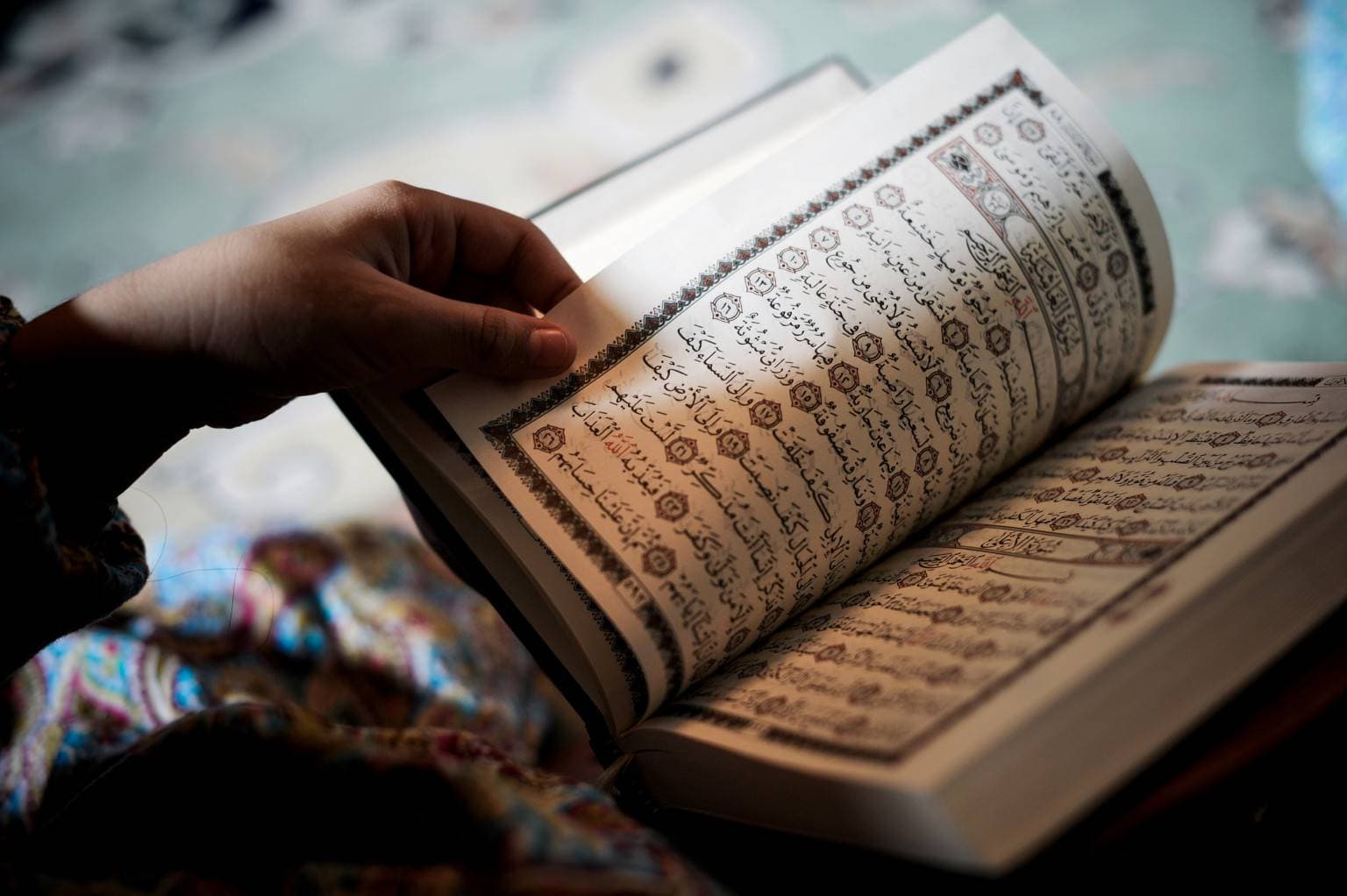- +201040914066
- info@quraaany.com


You will be guided to a higher level of recitation in advanced tajweed rules where you will learn sophisticated techniques that will aid in your comprehension of the articulation points and their traits. It takes more than just accurate reading to recite the Quran flawlessly; it’s an art form that reaches into your spirit and strengthens your bond with its contents.
And have a thorough understanding of Tajweed’s regulations. Let’s say you want to recite the verses with mastery and quality, avoid typical faults, and enhance your pronunciation. If so, Advanced Tajweed Lessons are your key to a unique and flawless recitation that causes the Quran to sweetly and clearly manifest in your heart.
Advanced tajweed rules
Advanced tajweed rules, Why is Tajweed required for learning the Quran? The fact that Allah revealed the Quran in Arabic provides the solution to this frequently questioned issue. The recitation must thus be in accordance with the manner in which Prophet Muhammad (PBUH) and his companions recited it.
Every Arabic letter has a unique way of being spoken, and mastering Tajweed helps a Muslim distinguish between correctly and incorrectly pronouncing Arabic words. Mispronounced words might have meanings that differ from what the original author intended to say.
It is simple to distinguish the recitation of the Quran with Tajweed from that without, as the latter may convey a distinct interpretation of Allah’s teachings. A Hadith in Sahih Bukhari demonstrates the importance of Tajweed when it states that the Prophet (PBUH) extended specific Arabic consonants throughout his recitation.

What is the duration required to learn Tajweed? In essence, there is no right or incorrect response to this question, which is frequently asked by those who want to learn. It differs for each individual. A person may acquire it rather fast with regular practice and instruction.
This section will explore the many facets of advanced tajweed rules, with thorough explanations and examples to highlight the relevance and applicability of each rule.
-
Idgham’s Rules الإدغام:
Advanced tajweed rules, In Quranic recitation, “idgham” means combining two letters into one, emphasizing it into a single letter. It happens when letters are similar, close together, or uniform. There are mostly two kinds:
Minor Idgham, in which a quiet letter becomes a moving letter, and Major Idgham, in which two moving letters combine to form one. Assimilation of homogenous, similar, and identical letters is another classification for minor Idgham.
Minor Idgham may be executed completely, in which case the initial letter is fully absorbed, or partially, in which case some of its features are retained. Comprehending these guidelines guarantees accurate and skillful recitation, strengthening one’s bond with the Quran.
-
Guidelines for Two Silent Letters (التقاء ساكنين):
Except in some circumstances or when a word ends with a silent letter and the next word starts with another silent letter, it is normally forbidden to mix two consecutive silent letters in the same word while reciting the Quran using Tajweed.
In order to handle the meeting of two silent letters, either within a single word or between two words, the following rules have been established:
-
Tafkhim Levels (Emphasis):
The thickness that penetrates the letter’s sound and fills the mouth with its resonance is referred to as tafkhim, or emphasis. There are five levels to it:
- Follow it up with an alif.
- Launch with no Alif.
- Using a Damma.
- Quiet (Sakin).
- Using a Kasra.
Read More: dua for depression
-
Tajweed’s Tarqeeq Regulations:
With the exception of Lam, Ra, and Alif in specific contexts, the majority of letters are spoken softly. In “Allah,” Lam is stressed after Fatha or Damma, light after Kasra, and Ra is pronounced differently. Alif comes after the previous letter.
-
“Alif Lam,” the Definite Article (الـ التعريف):
A word comes after an open Hamzat Wasl (همزة وصل),
which comes before the silent Lam known as “Alif Lam” (الـ التعريف). It is always an addition to the word’s structure, regardless of whether the term may have meaning without it, as in “الأرض” (the earth), or it cannot, as in “الذين” (them).
-
Laam Shamsiya and Laam Qamariyah’s Regulations:
The Definite Article “Alif Lam” in Two Cases with the Following Letters There are two instances in which the definite article “Alif Lam” comes before the twenty-eight letters:
-
Creating and Leaving Out the Madd Letters (Examination):
Sharia requires that the Uthmani script (الرسم العثماني) be used, and that the Letters of Madd (Prolongation: إثبات حروف المد وحذفها) be established and omitted. Because pausing is in line with the script, a reader must be aware of which letters are established and which are omitted in order to pause correctly on what is established and omit what is omitted.
-
Alif (ا) Types in the Quran:
In the Arabic alphabet, the letter Alif is a crucial one with a variety of applications. Alif does, however, appear in the Quran in a number of ways outside of the Hamzat al-Qat’ and Hamzat al-Wasl:
- Little Circle Above Alif.
- (الألف المدية) Madd Alif.
- (ألف الاسم المقصور المنون) Alif in Definite and Indefinite Nouns.
- Alif D-Dagger (الألف الخنجرية).
FAQs
What is the objective of the advanced tajweed rules course’s objective?
It is the benefit of rehearsing the recitation’s secret nuances that only masters are aware of.
which leads to fluency flawless reciting.
How can I sign up for this course?
The foundation of this course is the student’s prior understanding of Tajweed regulations. Therefore, the learner had either passed the Tajweed evaluation or our introductory and intermediate Tajweed courses.
Therefore, before enrolling in our course, it is crucial that you understand the majority of the tajweed laws.
Since you cannot be interested in the lessons offered if you simply study the material academically.
this course is essentially the most practical one offered by Tajweed.
Conclusion about advanced tajweed rules
More intricate and precise Tajweed guidelines are used to better comprehend and recite the Quran.
The rules of stopping and starting and their locations in the Quran, the rules of Alif in Quranic words, the specifics of Idgham (assimilation) and its types and causes, the specifics of Ikhfa (concealment) and its pronunciation techniques and naming reasons, and the rules of the solar and lunar Lam that we discussed in this article all lead to a thorough understanding of the rules with thorough explanations.
Along with many other aspects of advanced tajweed rules, these rules also encompass several rulings and their levels.
including the thickening and thinning levels.